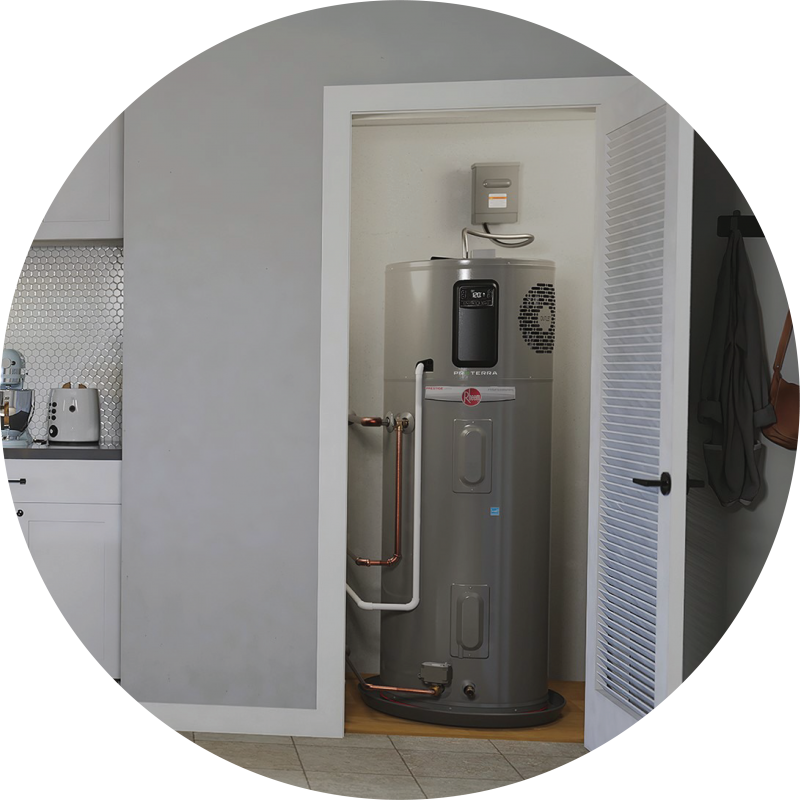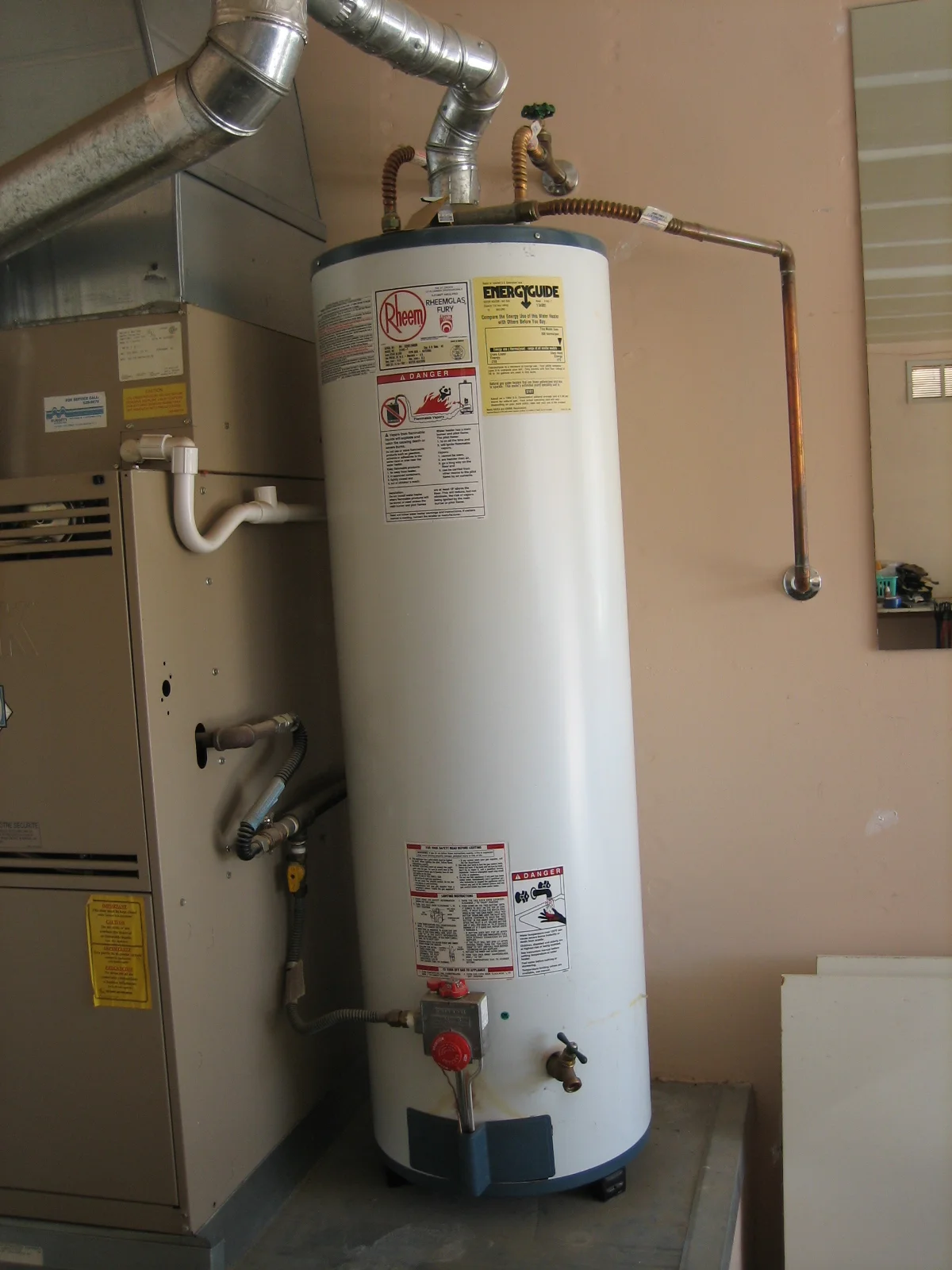Easy Ways to Care for Your Home's Hot Water System Effectively
Easy Ways to Care for Your Home's Hot Water System Effectively
Blog Article
The article listed below relating to Tips For Maintaining Your Hot Water Heater is rather stimulating. Check it out for yourself and decide what you think about it.

Warm water is necessary for day-to-day convenience, whether it's for a revitalizing shower or cleaning recipes. To guarantee your warm water system runs efficiently and lasts longer, regular maintenance is essential. This article provides practical tips and insights on how to keep your home's warm water system to stay clear of interruptions and expensive repair services.
Introduction
Maintaining your home's hot water system might seem challenging, yet with a couple of basic actions, you can ensure it operates smoothly for years to come. This guide covers every little thing from comprehending your hot water system to DIY upkeep pointers and recognizing when to employ expert assistance.
Significance of Maintaining Your Hot Water System
Normal upkeep not just prolongs the lifespan of your hot water system yet likewise ensures it operates successfully. Disregarding maintenance can bring about reduced effectiveness, higher power expenses, and even premature failing of the system.
Indications Your Hot Water System Needs Upkeep
Understanding when your hot water system needs focus can avoid major concerns. Watch out for indications such as inconsistent water temperature level, unusual noises from the heating system, or rustic water.
Understanding Your Warm Water System
Prior to diving into upkeep tasks, it's helpful to recognize the fundamental components of your warm water system. Usually, this consists of the water heater itself, pipelines, anode poles, and temperature level controls.
Month-to-month Maintenance Tasks
Regular regular monthly checks can help catch small problems before they rise.
Flushing the Hot Water Heater
Flushing your hot water heater eliminates sediment accumulation, improving performance and prolonging its life.
Monitoring and Replacing Anode Rods
Anode poles avoid deterioration inside the storage tank. Checking and replacing them when worn is essential.
Examining and Readjusting Temperature Setups
Readjusting the temperature setups makes sure optimal efficiency and safety and security.
DIY Tips for Maintenance
You can execute a number of upkeep tasks on your own to keep your hot water system in leading condition.
Looking for Leakages
Frequently check pipes and links for leaks, as these can cause water damages and higher expenses.
Testing Pressure Relief Valves
Checking the pressure relief valve guarantees it operates properly and stops excessive pressure accumulation.
Shielding Pipes
Protecting hot water pipelines reduces heat loss and can save energy.
When to Call a Specialist
While DIY maintenance is helpful, some concerns require professional competence.
Complicated Concerns Calling For Professional Assistance
Instances consist of significant leaks, electrical issues, or if your hot water heater is continually underperforming.
Regular Specialist Upkeep Benefits
Professional maintenance can include complete examinations, tune-ups, and ensuring compliance with security requirements.
Final thought
Routine upkeep of your home's warm water system is crucial for efficiency, longevity, and cost savings. By following these suggestions and understanding when to seek expert assistance, you can make sure a reputable supply of hot water without unforeseen interruptions.
How to Maintain an Instant Hot Water Heater
Before tinkering with your hot water heater, make sure that it’s not powered on. You also have to turn off the main circuit breaker and shut off the main gas line to prevent accidents. Also turn off the water valves connected to your unit to prevent water from flowing into and out of the appliance. 2. When you’re done, you have to detach the purge valves’ caps. These look like the letter “T†and are situated on either side of the water valves. Doing so will release any pressure that has accumulated inside the valves while at the same time avoid hot water from shooting out and burning your skin. 3. When the purge valves’ caps are removed, you have to connect your hosing lines to the valves. Your unit should have come with three hoses but if it didn’t, you can purchase these things from any hardware or home repair shops. You can also get them from retail stores that sell water heating systems. Read the user’s manual and follow it to complete this task properly. When the hosing lines are connected, open the purge port’s valves. 4. You should never use harsh chemical cleaners or solutions when cleaning your unit. Make use of white vinegar instead. It should be undiluted and you’ll probably use about 2 gallons. 5. Now flush your water heater. This task should probably take about 40 minutes. We can’t give you specific directions for this because the procedure is carried out depending on the type, model and brand of your heater. With that being said, refer to the user’s manual. 6. When you’re done draining the unit, you have to turn off the purge port valves again. Remove the hosing lines that you earlier installed on each of the water valves. Put the valve caps (purge port) back in their respective places and be very careful so as not to damage the rubber discs that are found inside these caps. 7. Now that everything’s back in place, check your user’s manual again to find out how to reactivate your water heating system. 8. Once it is working, turn one of your hot water faucets on just to let air pass through the heater’s water supply pipes. Leave the tap on until water flows smoothly out of it. https://www.orrplumbing.com/blog/2014/september/how-to-maintain-an-instant-hot-water-heater/

I'm just very involved in How to Maintain Your Water Heater & Prolong its Life and I hope you enjoyed reading the page. Sharing is nice. Who knows, you will be doing someone a favor. Bless you for your time. Please stop by our site back soon.
Details Here Report this page